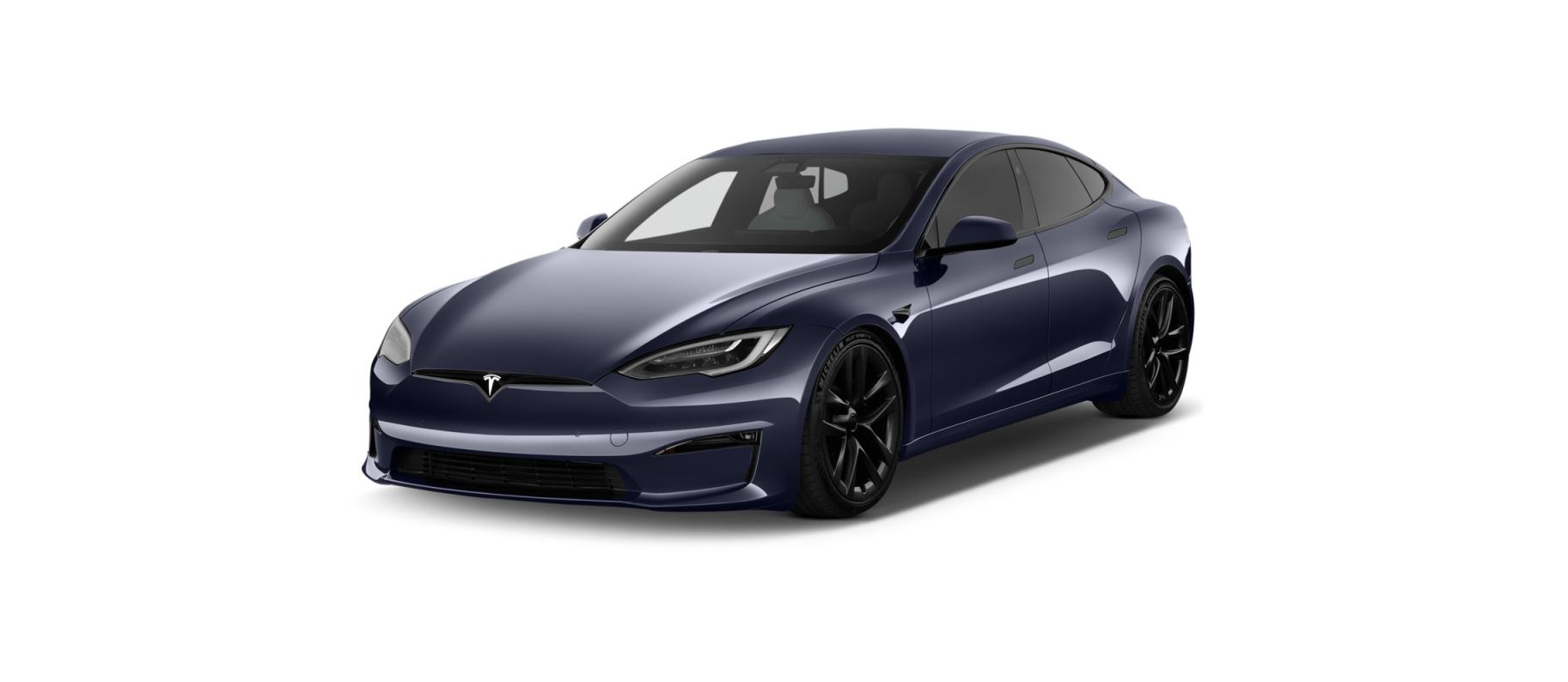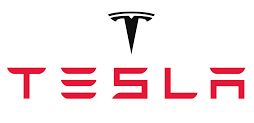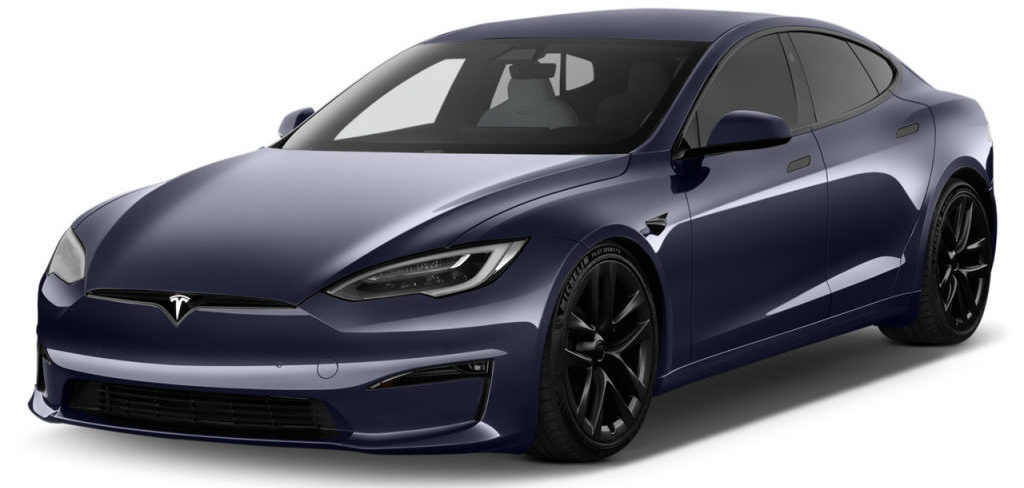2021 Tesla Model S Lights
Controlling Lights
Touch to control the lights.
In addition to the lights that you can control from the touchscreen, Model S has convenience lights that turn on and off automatically based on what you are doing. For example, interior lights, marker lights, tail lights, and puddle lights turn on when you unlock Model S, when you open a door, and when you shift into Park. They turn off automatically after a minute or two or when you shift or lock Model S. Use these settings to control exterior and interior lights:
Exterior Lights
Exterior lights (headlights, tail lights, side marker lights, parking lights, and license plate lights) are set to AUTO each time you start Model S. When set to AUTO, exterior lights automatically turn on when driving in low lighting conditions. If you change to a different setting, lights always revert to AUTO on your next drive.
Touch one of these options to change the exterior light setting:
- OFF: Exterior lights turn off until you manually turn them back on or until the next time you drive. If daytime running lights are required in your region, the exterior lights used for this purpose are always on when Drive is engaged.
- PARKING: Only the side marker lights, parking lights, tail lights and license plate lights turn on.
NoteIf daytime running lights are required in your region, the exterior lights used for this purpose are always on whenever Drive or Reverse is engaged.
- ON: Exterior lights turn on.
Fog Lights
If equipped, touch to turn the fog lights on or off. Fog lights operate only when low beam headlights are on. When headlights are turned off, fog lights also turn off.
 The front fog indicator displays on the instrument panel whenever the optional front fog lights are on.
The front fog indicator displays on the instrument panel whenever the optional front fog lights are on.Interior Lights
Turn the interior dome (map) lights on or off. If set to AUTO, all interior dome lights turn on when you unlock Model S, open a door upon exiting, or shift into Park.
Ambient Lights
When enabled, interior ambient lights turn on whenever the headlights are on.
Auto High Beam
If you turn on Auto High Beam, headlights automatically switch from high beam headlights to low beam headlights when light is detected in front of Model S. See High Beam Headlights.
Headlights after Exit
If you turn on Headlights after Exit, the exterior lights remain on for one minute after you stop driving and park Model S in low lighting conditions. See Headlights After Exit.
High Beam Headlights
Use the high beam headlight button on the left side of the steering yoke to control the headlights:
- Press and quickly release to flash high beam headlights.
- Press and hold to turn on high beam headlights – the instrument panel displays a brief timer and you must hold for the duration of the timer to latch the high beam headlights to the on position. When headlights are on, press the button a second time to turn them off.

The high beam headlights can automatically switch to low beam when there is light detected in front of Model S (for example, from an oncoming vehicle). To turn this feature on or off, touch . Your chosen setting is retained until you manually change it.
The following indicator lights are visible on the instrument panel to show the status of the headlights:
 Low beam headlights are on.
Low beam headlights are on.Rear Reading Lights
Model S is equipped with a reading light on each side of the rear seats, located above the door and next to the coat hangers (see Coat Hangers). To turn a reading light on or off, press its lens. If you leave a reading light turned on, it automatically turns off when Model S powers off.
Headlights After Exit
When you stop driving and park Model S in low lighting conditions, exterior lights temporarily remain illuminated. They automatically turn off after one minute or when you lock Model S whichever comes first.
To turn this feature on and off, touch . When Headlights After Exit is off, the headlights turn off immediately when you engage Park and open a door.
Adaptive Front Lighting System (AFS)
If equipped, the Adaptive Front Lighting System (AFS) automatically adjusts the beam of the headlights to improve your driving view. Electric sensors measure driving speed, steering angle and yaw (the rotation of the car around the vertical axis) to determine the optimum position of the headlights based on current driving conditions. For example, to improve visibility while driving on winding roads at night, the AFS casts the beam in the direction of the curve. When low beam headlights are turned on and when driving at lower speeds, AFS improves lateral illumination to increase the visibility of pedestrians and curbs, and to improve visibility when turning at a dark intersection, into a driveway, or when making a u-turn.
 If the AFS fails, the instrument panel displays an alert. Contact Tesla Service.
If the AFS fails, the instrument panel displays an alert. Contact Tesla Service.Turn Signals
To engage a turn signal, press the corresponding arrow button on the left side of the steering yoke. A turn signal cancels based on the angle of the steering yoke (for example, you finish making a turn). You can also cancel a turn signal by pressing the turn signal button a second time.
If is set to Auto Cancel, turn signals cancel automatically when Model S detects completion of a maneuver such as a merge, lane change, or a fork in the roadway. You can override automatic cancellation at any time (for example, you want the turn signal to remain on because you are making more than one lane change). To override, engage the turn signal by pressing and momentarily holding the turn signal button (instead of just pressing). Then, when the first maneuver is complete, the turn signal remains on. If Automatic Turn Signals is set to Off, you must cancel the turn signal manually by pressing the turn signal button after maneuvers such as a merge, lane change, or fork in the roadway.

 When a turn signal is operating, the corresponding indicator lights up on the instrument panel and you can hear a clicking sound.
When a turn signal is operating, the corresponding indicator lights up on the instrument panel and you can hear a clicking sound.
Hazard Warning Flashers
To turn on the hazard warning flashers, press the button on the drive mode selector located at the front of the center console. All turn signals flash. Press again to turn off.


